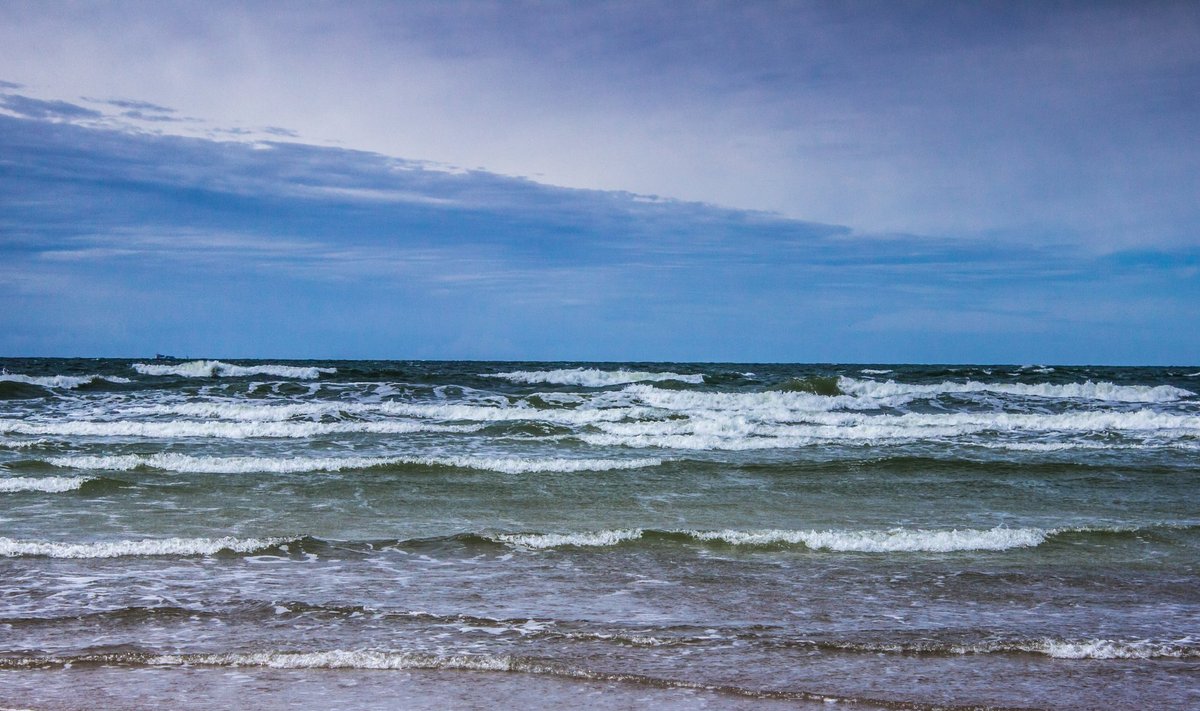“After receiving the information about the discovery of the shipwreck, we have informed the responsible state authorities, as this finding was not previously included in the database. The identity of the wreck will be confirmed after additional historical and underwater archaeological research is carried out. We believe that the collected high-quality data will also be valuable to the scientific community and the historians,” says Paulius Kalmantas, communication partner at Ignitis Renewables.
According to Kalmantas, the 120 square kilometre seabed area in the Baltic Sea designated for developing wind projects has never been surveyed in such detail. The data collected will be used not just for the development of the offshore wind project. The company has committed to transfer the data to the Lithuanian scientific community. This is an additional benefit the project is bringing along.
As noted by a representative of the Department of Cultural Heritage under the Ministry of Culture (DCH), there are not many objects like this in the Lithuanian territorial waters in the Baltic Sea.
Currently, there are 19 shipwreck locations registered in the Register of Cultural Heritage. “During the implementation of the UNESCO Convention on the Protection of the Underwater Cultural Heritage, DCH is planning to enter the ship into Inventory of Real Cultural Heritage. After dating the ship, discussions will be held weather to enter it into the Register of Cultural Heritage,” explained Augustina Kurilienė, chief specialist at DCH.
Dr Elena Pranckėnaitė, an archaeologist at Klaipėda University and an underwater heritage expert agrees that such a finding is very interesting for underwater archaeology experts, heritage conservationists and historians that are researching shipping in the Baltic Sea. That’s why the ship must be preserved and investigated further in order to identify it.
Ignitis Renewables is developing the first offshore wind farm in Lithuania. It is estimated that the 700-megawatt (MW) wind farm, located in the Baltic Sea, could generate around 3 terawatt-hours (TWh) of green electricity per year, which would meet up to a quarter of Lithuania's current electricity demand.
It was announced earlier that the survey of the seabed has begun. The survey will help enhance the understanding of seabed conditions in the Baltic Sea, which will inform the location, construction and design of wind turbines.
The survey vessel will sail over 2,000 kilometres to survey the territory and collect high-quality data. The insights learned after analysing the data will inform the selection of further surveys necessary to create a detailed seabed model that Ignitis Renewables, along with its partners, will use to design the optimal wind turbine foundations and select locations.
